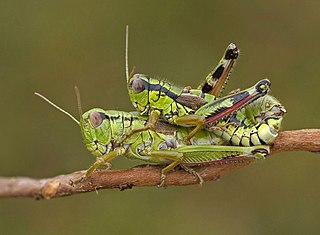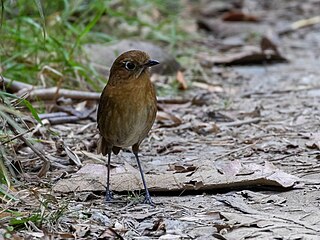
Vichada Department is a department of the Republic of Colombia in South America. Vichada is located in the eastern plains of Colombia, in the Orinoquía Region within the Orinoco river basin bordering the Bolivarian Republic of Venezuela to the north and east. To the north the department also borders with Arauca Department, to the northwest with Casanare Department, to the west with Meta Department, to the southwest narrowly bordering with Guaviare Department and to the south with Guainía Department. The department is the second largest in Colombia and scarcely populated in comparison to other departments.

Hyphessobrycon is a genus of freshwater fish in the family Characidae. These species are among the fishes known as tetras. The genus is distributed in the Neotropical realm from southern Mexico to Río de la Plata in Argentina. Many of these species are native to South America; about six species are from Central America and a single species, H. compressus is from southern Mexico.

Eugène Louis Simon was a French naturalist who worked particularly on insects and spiders, but also on birds and plants. He is by far the most prolific spider taxonomist in history, describing over 4,000 species.

The Caelifera are a suborder of orthopteran insects. They include the grasshoppers and grasshopper-like insects, as well as other superfamilies classified with them: the ground-hoppers (Tetrigoidea) and pygmy mole crickets (Tridactyloidea). The latter should not be confused with the mole crickets (Gryllotalpidae), which belong to the other Orthopteran sub-order Ensifera.

Pachomius is a genus of jumping spiders that was first described by George and Elizabeth Peckham in 1896. Uspachia was merged into genus Romitia in 2007, and all nine species were merged into Pachomius in 2015. The name is derived from Pachomius, the founder of cenobitic monasticism.

Dryinidae is a cosmopolitan family of solitary wasps. Its name comes from the Greek drys for oak: Latreille named the type genus Dryinus because the first species was collected in an oak plant in Spain. The larvae are parasitoids of the nymphs and adults of Auchenorrhyncha. Dryinidae comprises approximately 1924 described species, distributed in 17 subfamilies and 54 genera.

Trichomycterus is a genus of fish in the family Trichomycteridae, the largest genus of its family with over 170 species currently described. This genus is native to freshwater habitats in Central and South America. These fish are generally small, usually about 5 to 15 cm (2–6 in) in standard length, although the largest, T. rivulatus, can reach more than twice this size. Species differ from one another primarily in body proportions, fin ray counts and colouration. Despite their relatively small size, some, such as T. punctulatus, support fisheries and are important in the local cuisine.

Becerril or Becerril de Campos is a town and municipality of the Colombian Department of Cesar.

Acridoidea is the largest superfamily of grasshoppers in the order Orthoptera with species found on every continent except Antarctica.

Belonopelta is a Neotropical genus of ants in the subfamily Ponerinae. The genus contains two species: B. deletrix is known from Mesoamerica and Colombia, while B. attenuata is only known from Colombia. Members of this genus are rarely collected, and little is known about their habits. Males remain unknown for both species, and queens and larvae have only been described for B. deletrix.
Decaphora is a genus of huntsman spiders which is found in tropical America. The genus was established by P. Franganillo-Balboa in 1931.

Buenoa is a genus of backswimmer. It was created by George Willis Kirkaldy in 1904 to include all species of Anisops from the Western Hemisphere with a two-segmented front tarsus in males, reserving the latter genus for Eastern Hemisphere species with a one-segmented front tarsus in males. It contains 69 described species.
Chlorophlaeoba is a genus of grasshoppers in the family Acrididae, subfamily Acridinae. Species can be found in southern China and Indo-China.

The Chamí antpitta is a species of bird in the family Grallariidae. It is endemic to Colombia. It is a member of the rufous antpitta species complex and was first described by Andrés M. Cuervo, Carlos Daniel Cadena, Morton L. Isler and R. Terry Chesser in 2020.

The Sierra Nevada antpitta is a species of bird in the family Grallariidae. It is endemic to the Sierra Nevada de Santa Marta in northern Colombia. It is a member of the rufous antpitta species complex and was recently elevated from subspecies to species based on differences in plumage and vocalizations and genetic evidence.
The Muisca antpitta is a bird in the family Grallariidae. The species was first described by Frédéric de Lafresnaye in 1843. It was formerly considered to be the rufous antpitta, which in 2020 was found to be a species complex composed of 13 species, including the bicolored antpitta. It is endemic to the eastern Andes in northern Colombia and western Venezuela.














